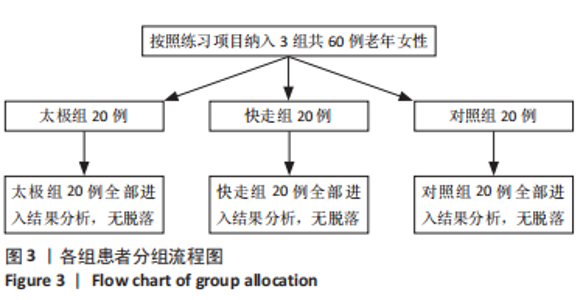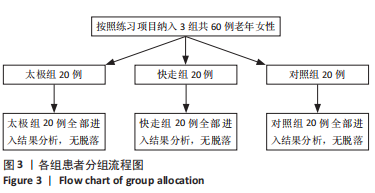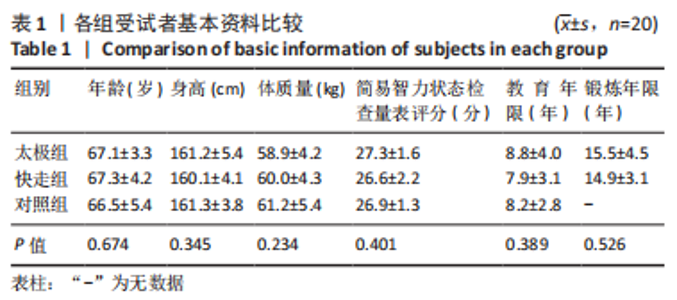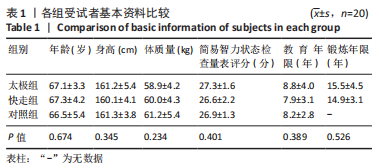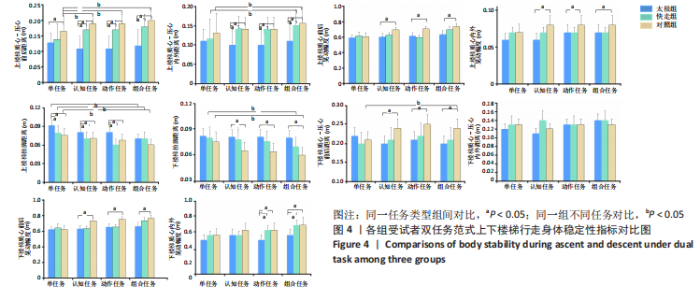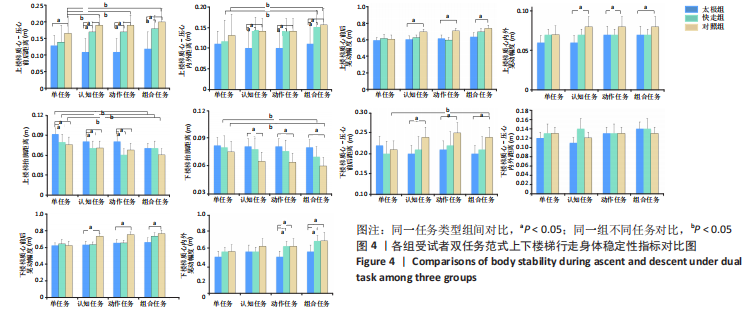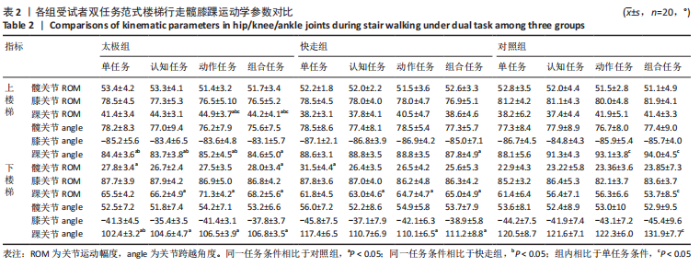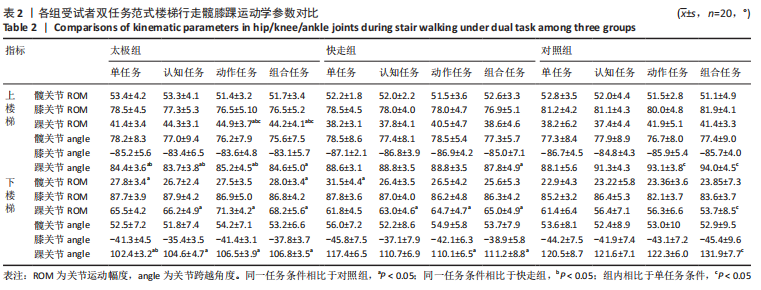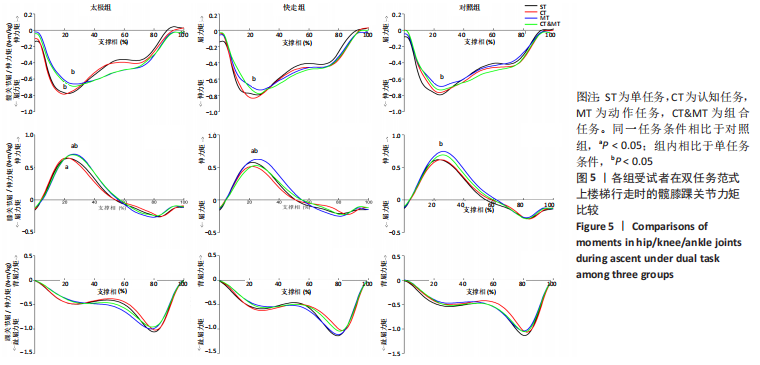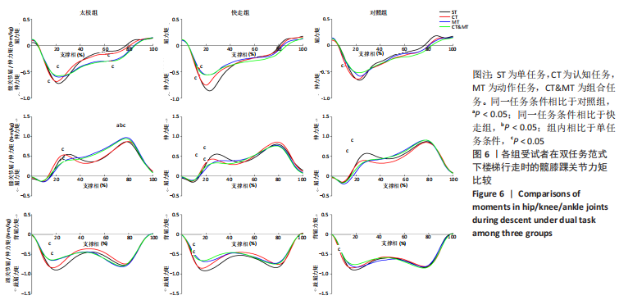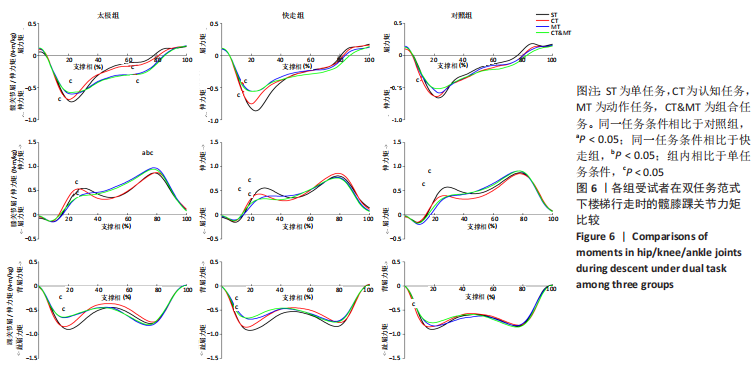[1] SONG Q, LI L, ZHANG C, et al. Long-term Tai Chi practitioners have superior body stability under dual task condition during stair ascent. Gait Posture. 2018;66:124-128.
[2] 徐伟. 社区老年人跌倒伤害危险因素分析[J]. 环境与职业医学, 2010,27(12):707-711.
[3] BLAZEWICK DH, CHOUNTHIRATH T, HODGES NL, et al. Stair-related injuries treated in United States emergency departments. Am J Emerg Medicine. 2017;36(4):S0735675717307593.
[4] BUCKLEY JG, HEASLEY K, SCALLY A, et al. The effects of blurring vision on medio-lateral balance during stepping up or down to a new level in the elderly. Gait and Posture. 2005;22(2):146-153.
[5] NADEAU S, MC FADYEN BJ, MALOUIN F. Frontal and sagittal plane analyses of the stair climbing task in healthy adults aged over 40 years: what are the challenges compared to level walking? Clin Biomech. 2003;18(10):950-959.
[6] KARAMANIDIS K, ARAMPATZIS A. Altered control strategy between leading and trailing leg increases knee adduction moment in the elderly while descending stairs. J Biomech. 2011;44(4):706-711.
[7] ANASTASIA P, DRECHSLER WI, CRAMP MC, et al. Hip, knee, ankle kinematics and kinetics during stair ascent and descent in healthy young individuals. Clin Biomech. 2007;22(2):203-210.
[8] CHOU LS, LEE HJ. Balance control during stair negotiation. J Biomech. 2007;40(11):2530-2536.
[9] 张帆, 王长生, 祝捷, 等. 上、下楼梯时认知任务介入对下肢协调性影响的研究[J]. 体育科学,2015,35(1):44-53.
[10] CHENG MH, CHANG SF. Frailty as a Risk Factor for Falls Among Community Dwelling People: Evidence From a Meta-Analysis. J Nurs Scholarsh. 2017;49(5):529-536.
[11] SUN W, ZHANG C, SONG Q, et al. Effect of 1-year regular Tai Chi on neuromuscular reaction in elderly women: a randomized controlled study. Res Sports Medicine. 2016;24(2):145-156.
[12] 梁雷超, 吕娇娇, 黄灵燕. 认知-姿势控制双任务在老年人跌倒研究中的应用进展[J]. 中国康复理论与实践,2016,22(11):1289-1293.
[13] PIITULAINEN H, KULMALA J, MÄENPÄÄ H, et al. The gait is less stable in children with cerebral palsy in normal and dual-task gait compared to typically developed peers. J Biomech. 2021;117:110244.
[14] ZHANG C, SONG Q, SUN W, et al. Dynamic Stability of Older Adults Under Dual Task Paradigm During Stair Descent. Motor Control. 2020; 24(1):113-126.
[15] VALLABHAJOSULA S, TAN CW, MUKHERJEE M, et al. Biomechanical Analyses of Stair-climbing while Dual-tasking. J Biomech. 2015;48(6): 921-929.
[16] LEMPKE L, OH J, JOHNSON R, et al. Single- Versus Dual-Task Functional Movement Paradigms: A Biomechanical Analysis. J Sport Rehabil. 2021: 1-12.
[17] 吕燕,周莹.中老年女性广场舞和快走的能量消耗和底物代谢特征研究[J].浙江体育科学,2020,52(5):99-103.
[18] GAMINO L. Tai Chi Moving for Better Balance: A Fall Prevention Program for Older Adults. Okla Nurse. 2016;61(4):14-15.
[19] ZHOU J, CHANG S, YAN C, et al. Effects of 24 weeks of Tai Chi Exercise on Postural Control among Elderly Women. Res Sports Med. 2015; 23(3):302-314.
[20] YU DH, YANG HX. The effect of Tai Chi intervention on balance in older males. J Sport Health Sci. 2012;1(1):57-60.
[21] LI F, HARMER P, FITZGERALD K, et al. Tai chi and postural stability in patients with Parkinson’s disease. N Eng J Med. 2012;366(6):511-519.
[22] FOLSTEIN MF, FOLSTEIN SE, MCHUGH PR. “Mini-mental state”. A practical method for grading the cognitive state of patients for the clinician. J Psychiatr Res. 1975;12(3):189-198.
[23] SONG Q, SUN W, ZHANG C, et al. Effects of a Dual-Task Paradigm and Gait Velocity on Dynamic Gait Stability during Stair Descent. Gait. 2020; 10(6):1979.
[24] MADEHKHAKSAR F, EGGES A. Effect of dual task type on gait and dynamic stability during stair negotiation at different inclinations. Gait Posture. 2016;43:114-119.
[25] ZHANG C, SUN W, SONG Q, et al. Performance of older adults under dual task during stair descent. J Exerc Sci Fit. 2018;16(3):99-105.
[26] SINGHAL K, KIM J, CASEBOLT J, et al. Kinetic comparison of older men and women during walk-to-stair descent transition. Gait Posture. 2014; 40(4):600-604.
[27] 胡秀,王疆娜,宋祺鹏,等.老年女性双任务范式楼梯行走下肢运动学与动力学参数重测信度研究[J]. 天津体育学院学报,2021, 36(1):84-88, 124.
[28] 张芷,王健,冯金升.认知与姿势控制的神经心理学研究进展[J]. 航天医学与医学工程,2013,26(4):333-337.
[29] WEI GX, XU T, FAN FM, et al. Can Taichi reshape the brain? A brain morphometry study. PloS One. 2013;8(4):e61038.
[30] LAI JS, LAN C, WONG MK, et al. Two-year trends in cardiorespiratory function among older Tai Chi Chuan practitioners and sedentary subjects. J Am Geriatr Soc. 1995;43(11):1222-1227.
[31] TSANG WW, HUI-CHAN CW. Comparison of muscle toque,balance,and confidence in older Tai Chi and healthy adults. Med Sci Sprots Exerc. 2005;37:280-289.
[32] ZOU L, HAN J, LI C, et al. Effects of Tai Chi on Lower Limb Proprioception in Adults Aged Over 55: A Systematic Review and Meta-Analysis. Arch Phys Med Rehabil. 2019;100(6):1102-1113.
[33] ZHANG C, SUN W, YU B, et al. Effects of Exercise on Ankle Proprioception in Adult Women during 16 Weeks of Training and Eight Weeks of Detraining. Res Sports Med. 2014;23(1):1-12.
[34] LI JX, XU DQ, HONG Y. Tai Chi exercise and proprioception behavior in old people. Med Sport Sci. 2008 52:77-86.
[35] CHANG S, ZHOU J, HONG Y, et al. Effects of 24-week Tai Chi exercise on the knee and ankle proprioception of older women. Res Sports Med. 2016;24(1):84-93.
[36] BROGLIO SP, TOMPOROWSKI PD, FERRARA MS. Balance performance with a cognitive task: a dual-task testing paradigm. Med Sci Sports Exerc. 2005;37(4):689-695.
|
